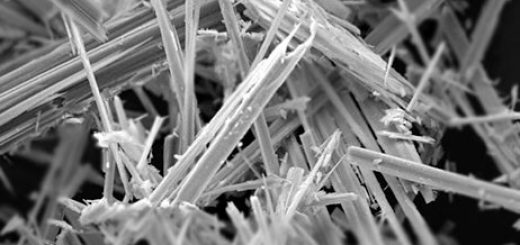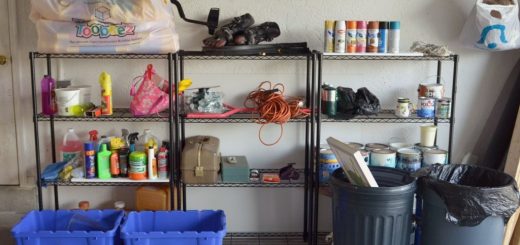The difference between silicon and silicone
Despite having the same element, silicon and silicone are very different materials, with diverse applications. What are the properties of each and what are they commonly used for?
Silicon
Silicon is the fourteenth element in the periodic table, and is therefore a naturally occurring substance. It is the second most common element found in the earth’s crust, just behind oxygen, and it makes up 27.7% by mass. As it bonds easily with oxygen, it occurs most often as silicon dioxide, or quartz, as it is better known. It is also known as sand, rock crystal, amethyst, agate, flint and opal. When silicon reacts with metal, it forms silicates, a class of mineral including granite.
Uses for silicon
Silicon is an extremely useful element. As silica, it is used heavily in the construction industry to make glass, bricks and concrete. In its silicate form, it is used heavily in the pottery industry.
The pure element can be heated up to be used extensively in the electronics industry. Its semiconductor properties make it ideal for inclusion in circuit boards. Silicon Valley in San Francisco is named after silicon, due to the presence of silicon in microchips for computers being manufactured there.
Silicone
Having looked at the properties of silicon, it is easy to see why it might not be suitable for silicone hose manufacturers. Silicone is, however. A synthetic polymer, silicone is made of silicon, oxygen and carbon or hydrogen. Unlike silicon, it is a liquid or a flexible rubber plastic, which offers enormous benefits due to its heat resistance and low toxicity. Rather than acting as a semiconductor, it is an ideal insulator.
Uses for silicone
Silicone can be used for many applications. It makes an ideal material for tubing and hoses, such as https://www.goodflexrubber.com/pages/silicone-hose-manufacture. It can be used in this form for catheters or aquariums, and in plumbing. Its heat resistance means it is used in kitchenware, such as pot handles, tongs and oven mitts. It is also used as a lubricant in the automotive industry, thanks to its heat resistance and slippery texture.
It can be found in many of the items you use every day, such as shampoo, conditioner and even contact lenses. Due to its insulation properties, silicone is also being used in the electronics industry, in casings to prevent electric shocks.








